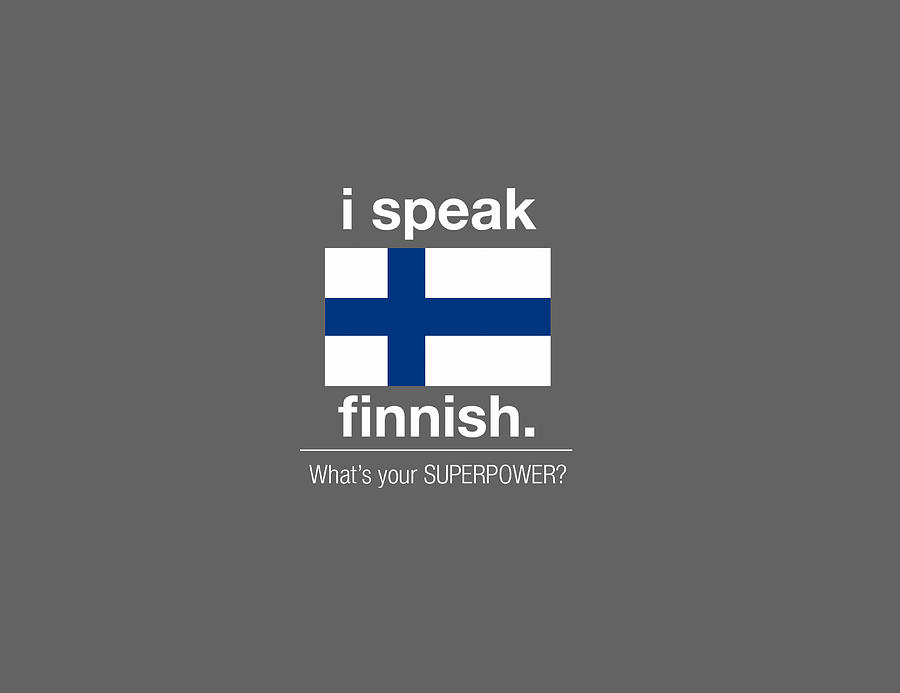The Finnish language is known to be tricky for English speakers to pick up, but those who study it, find it to be one of the most amazing and harmonic European languages.
When I first got to Finland, I definitely experienced some cultural shock, because of the language. At start it sounded strange and unusual, but after a week my ears got used to it.
Finnish did not originate with the Finns. The roots of the Finnish language are not the same as those of the Finnish people. Finns are believed to originate from what is now Turkey, while Finnish is a Uralic language, which comes from the Ural Mountains in Russia. Which is funny, because a lady actually asked us if they sound anything like Russian. Intrigued, we asked what do we sound like when talking Slovene. She was happy to tell us that we remind her of Italians.
Finland’s alphabet consists of 29 letters. As well as the standard Roman alphabet (the same one used by English), it adds ‘Å’ and ‘Ö’ from the Swedish alphabet and ‘Ä’ (pronounced ‘ahh’ as in ‘apple’). Despite their inclusion, some letters in the alphabet, such as ‘W’, are barely used in Finnish and appear only in foreign words or names. It´s also not hard to notice the duplication of letters in their words.
There are a few simple words I already learned, such as (terve/moi) hello, (moi moi) which is used to say goodbye and thank you (kiitos).
A lot of words in Finnish, especially more modern ones, have an incredibly literal – and hilarious – English translation. A refrigerator is an ‘ice cupboard’ (jääkaappi), a computer is a ‘knowledge machine’ (tietokone) and a treadmill is a ‘running carpet’ (juoksumatto).
Moi moi!






